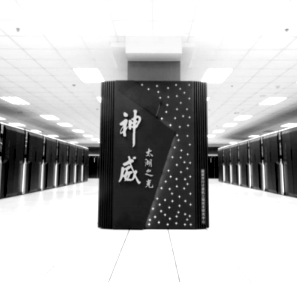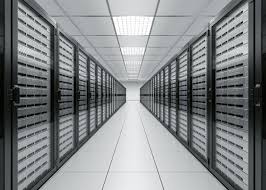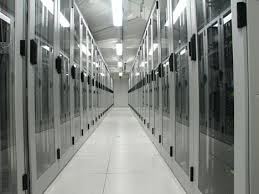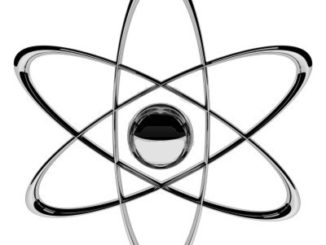
Inside Look at Key Applications on China’s New Top Supercomputer
As the world is now aware, China is now home to the world’s most powerful supercomputer, toppling the previous reigning system, Tianhe-2, which is also located in the country. …

As the world is now aware, China is now home to the world’s most powerful supercomputer, toppling the previous reigning system, Tianhe-2, which is also located in the country. …

When we cover the bi-annual listing of the world’s most powerful supercomputers, the metric at the heart of those results, the high performance Linpack benchmark, the gold standard for over two decades, is the basis. …

For the first time since the Top 500 rankings of the most powerful supercomputers in the world was started 23 years ago, the United States is not home to the largest number of machines on the list – and China, after decades of intense investment and engineering, is. …

The race to reach exascale computing has been a point of national ambition in the United States, which is currently home to the highest number of top-performing supercomputers in the world. …

The roadmap to build and deploy an exascale computer has extended over the last few years–and more than once. …

Intel has been pursuing a long-term, multi-faceted set of investments to create the processors and technologies needed to build CPU-based supercomputers that can deliver exascale levels of performance in a cost and energy efficient fashion. …

The French Atomic Energy agency (CEA) is one of the leading centers for nuclear weapons and energy research in Europe, and as such, is one of the top sources in Europe to watch for extreme scale computing trends. …

While the supercomputing segments in some countries are based on supplying the world with systems, the business of others is based on diverging from those companies. …

Whether it is IBM with the data-centric approach to next generation supercomputers or Intel with its scalable systems framework, there is little doubt that these and other major players in HPC are thinking differently about how to architect and benchmark systems in a way that balances floating point performance with the other equally important leg of the stool—data movement. …

The bi-annual list of the Top 500 fastest supercomputers on the planet is in, and while there might not be any earth-shattering news at the peak of the charts, a drilldown of the results does show some key developing trends in high performance computing. …
All Content Copyright The Next Platform